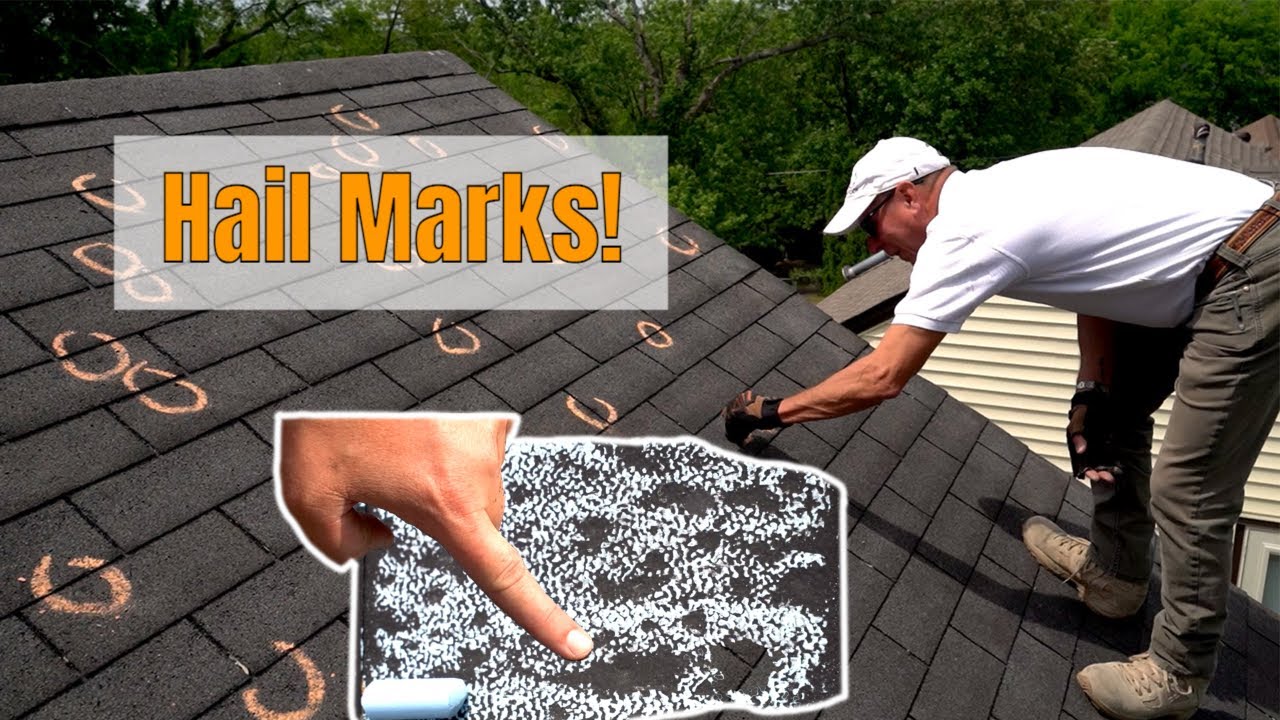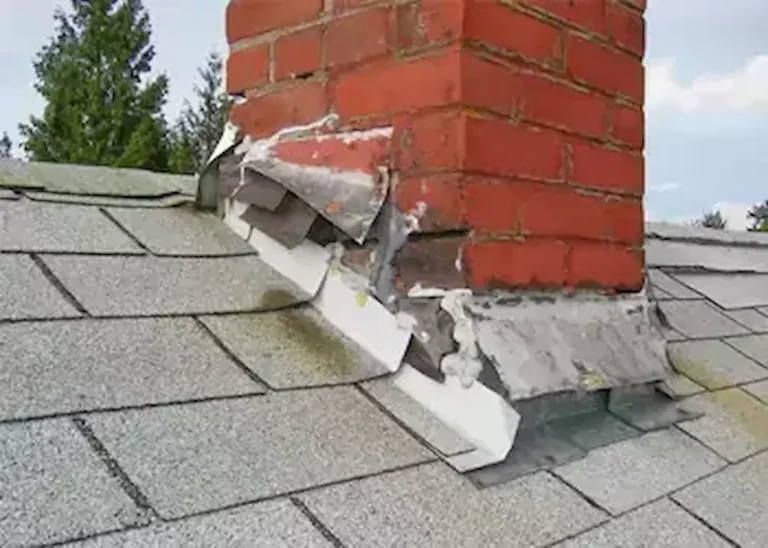Hailstorms pose a serious threat to roofs, causing billions of dollars in damage annually across the United States. Even small hailstones can weaken roofing materials over time, leading to leaks, structural issues, and costly repairs. This guide breaks down everything you need to know about hail damage roof risks, how to spot problems early, and steps to safeguard your home. For comprehensive insights on storm damage, explore our guide on storm damage roofers.
How Hail Damages Different Roofing Materials
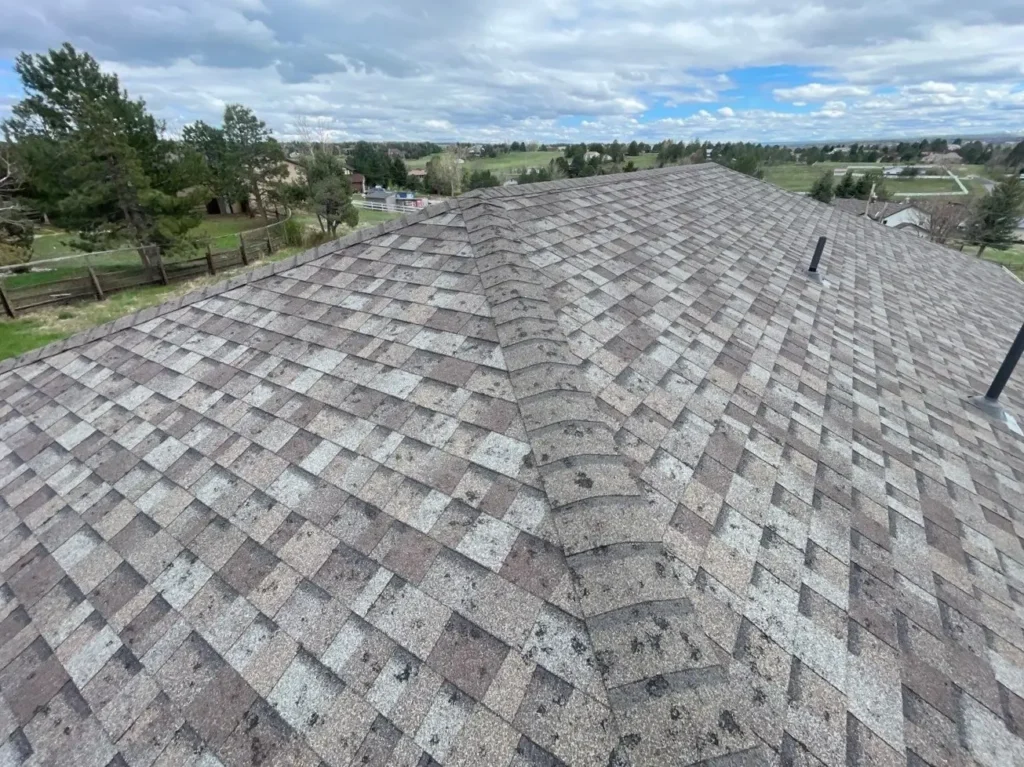
The Science Behind Hail’s Impact
Hailstones fall at speeds of 20–100 mph, depending on their size and wind conditions. This force creates immediate damage from hail through:
- Direct Strikes: Dents, cracks, or punctures in shingles, tiles, or metal panels.
- Granule Loss: Asphalt shingles shed protective granules, exposing the roof to UV damage.
- Structural Stress: Repeated impacts weaken the roof’s ability to handle future storms.
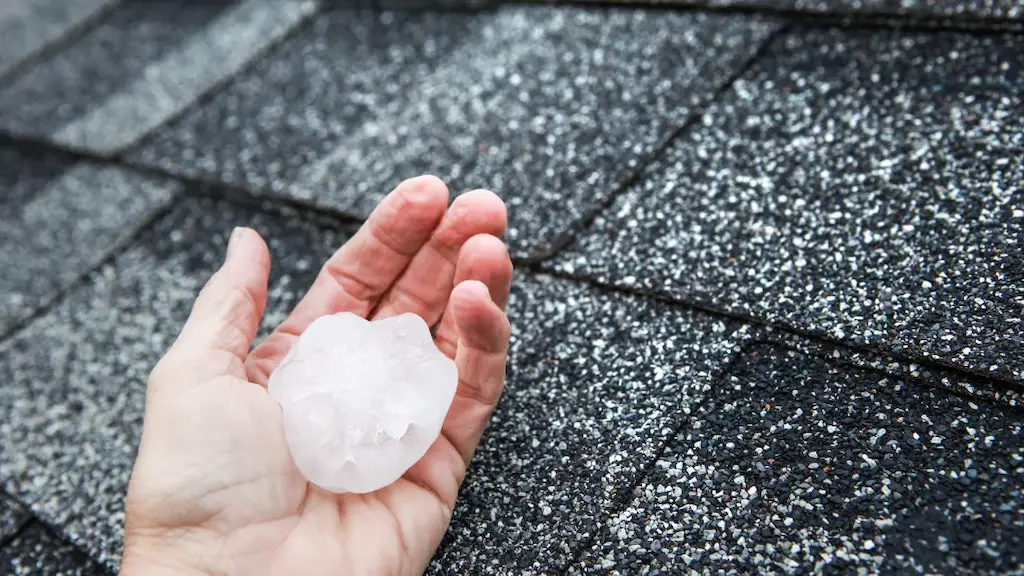
Material-Specific Vulnerabilities
- Asphalt Shingles: Pea-sized hail (¼ inch) can strip granules; 1-inch stones often crack the mat beneath.
- Metal Roofs: Dents may seem cosmetic but can compromise seams and drainage.
- Tile/Slate: Brittle materials crack easily, requiring full replacements for even minor hail damage roof issues.
5 Signs Your Roof Has Hail Damage
After a hail storm roof event, inspect for these red flags:
- Granules in Gutters: Excessive grit washed into downspouts signals shingle erosion.
- Dented Flashing or Vents: Soft metal components show impact marks first.
- Spotted Attic Stains: Water marks on ceilings indicate leaks from cracked materials.
- Splintered Tree Debris: Hail-torn leaves or branches nearby often mean roof damage too.
- Neighbor Reports: Localized storms mean nearby homes likely share similar issues.
Pro Tip: Binoculars let you inspect safely from the ground. If you spot trouble, contact hail damage roofers immediately. For detailed repair steps, see our guide on hail damage roof repair.
Repairing Wind and Hail Damage: A Step-by-Step Process
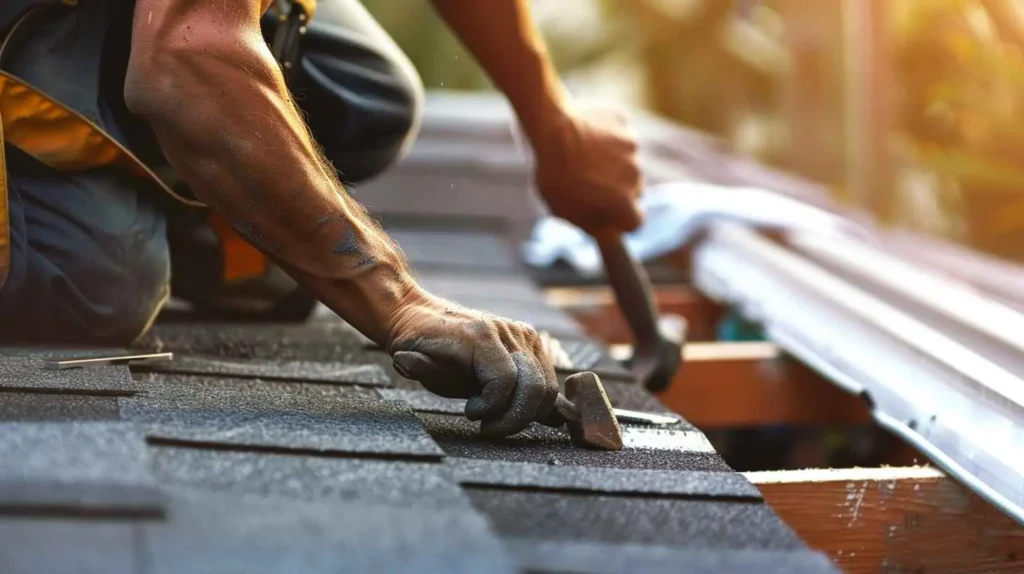
1. Temporary Fixes to Prevent Worse Damage
- Cover Exposed Areas: Use tarps secured with wood strips to block rain.
- Clear Debris: Remove fallen branches or clogged gutter chunks to avoid water pooling. For quick solutions, learn about temporary fixes for roof leaks.
2. Document Everything for Insurance
Take photos of:
- Dented vents or gutters
- Missing shingles
- Interior water stains
Insurance adjusters often approve claims faster with clear proof. Learn more about insurance coverage for roof damage.
3. Hire Certified Hail Damage Roofing Companies
Avoid scams by verifying:
- Local licenses and 5-star reviews
- Manufacturer certifications (e.g., GAF, Owens Corning)
- Willingness to assist with insurance paperwork
Can Small Hail Damage a Roof?
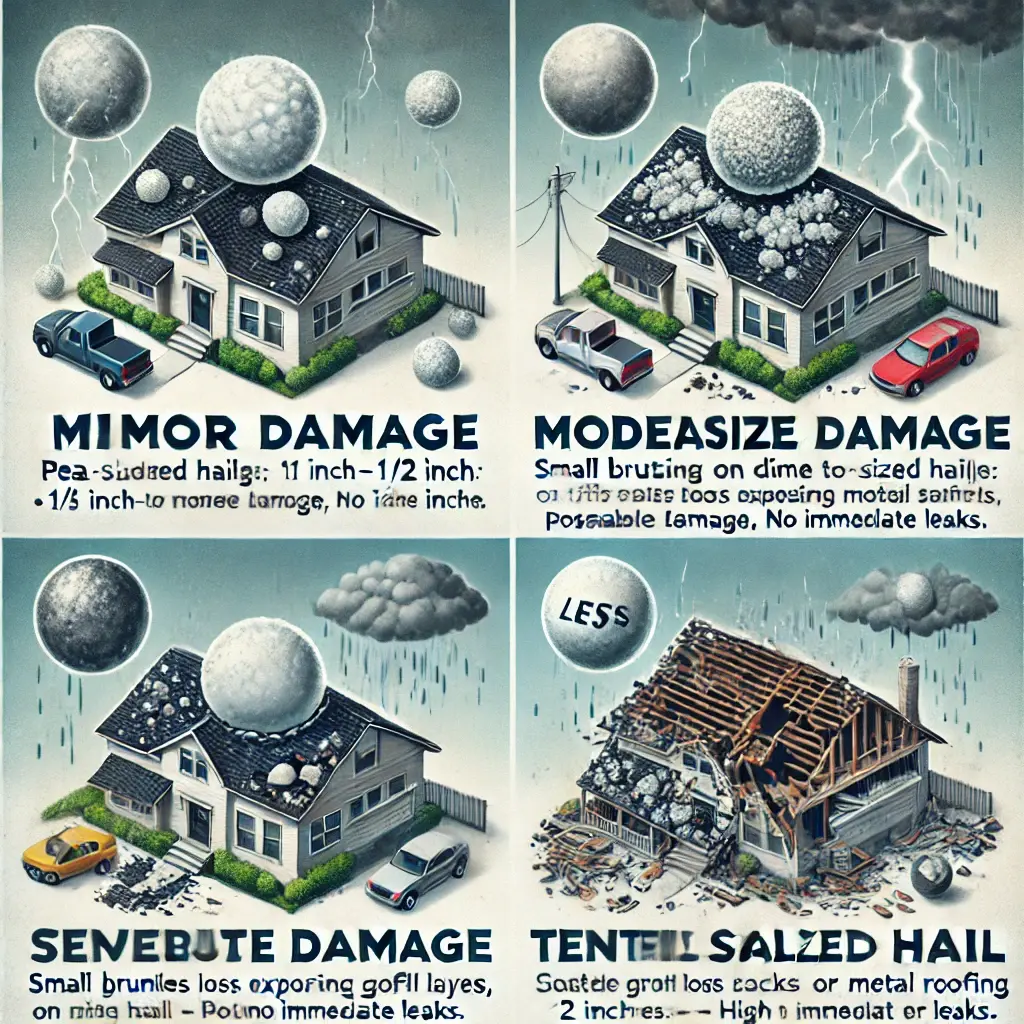
Yes. Even brief hail storm roof events with pea-sized stones (¼ inch) add wear:
- Granule loss shortens shingle lifespan by 5–10 years.
- Micro-cracks let moisture seep in, causing rot or mold.
Long-Term Risk: Unrepaired minor hail damage roof areas often lead to:
- Higher energy bills (damaged insulation)
- Costly structural repairs
- Voided manufacturer warranties
For insights on determining when to replace your roof, check our guide.
Preventing Future Hail Damage
Choose Impact-Resistant Materials
- Class 4 Shingles: Withstand 2-inch hail without cracking.
- Metal Roofing: Lasts 50+ years but requires dent-resistant coatings.
Schedule Annual Inspections
Hail damage roofing company pros spot hidden issues like:
- Loose flashing
- Degraded sealant
- Weak spots near chimneys
By staying proactive, homeowners can minimize wind and hail damage to roof risks and avoid unexpected repair bills. Schedule a professional inspection after any severe weather—it’s the best way to keep your roof (and wallet) safe.

